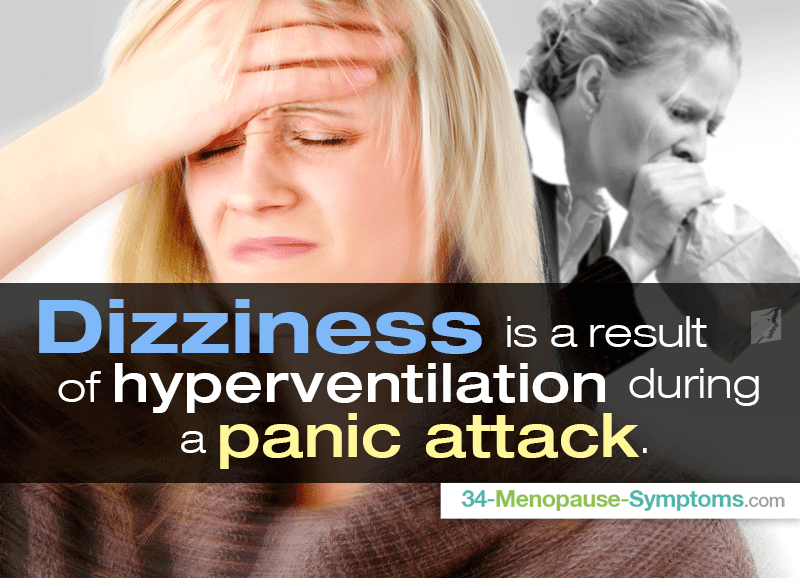When middle-aged women experience panic attacks, they report having difficulty breathing, being nauseous or lightheaded, feeling pounding in the chest, or a fear of dying or having a heart attack. These symptoms are mainly a consequence of the fight-or-flight response of our sympathetic nervous system when faced with a threat.
However, when medical doctors attempt to diagnose panic attacks, they objectively evaluate a woman's condition according to the specific diagnostic criteria. They search for the minimum of four signs of panic attacks, which might include any of the following:
Tachycardia
Defined as a heart rate exceeding 100 beats per minute, tachycardia is a direct result of the fight-or-flight mode activation, caused by an increased release of adrenaline to prepare the body to handle the danger.
Hyperventilation
It is a rapid over-breathing, during which the body exhales a lot of carbon dioxide, but inhales large amounts of oxygen. Hyperventilation can also worsen tachycardia, too.
Dizziness
Dizziness, including a slight vertigo, is a result of hyperventilation during a panic attack. Many women appear unsteady on their feet while going through a panic episode.
Sweating
It can be accompanied by hot or cold flashes, and it is a common sign of panic attacks, which results from an exaggerated stress response and hyper-stimulation of the systems in the body.
Tremor
It is a medical term for muscle shivering, which can sometimes be visible to the naked eye. It occurs due to high adrenaline release, while the body is preparing to fight or flight.
Tinnitus
Tinnitus is a condition that causes ringing or buzzing in the ears, and it can often precede or accompany a panic attack. Tinnitus is believed to be the result of an increased electrical stimulation in the brain.
Paresthesia
It is a medical term for numbness, burning, or tingling sensations on the skin. It is caused by decreased carbon dioxide levels in the lungs and blood, causing significant pH changes.
Nausea
It results from the adrenaline rush, which disrupts the environment in the stomach and intestines. Moreover, the fight-or-flight mode also shuts down the digestion, which can worsen the unpleasant sensation.
Phobias
Phobias, severe fears of certain situations or objects, can be a sign of long-term panic attacks as they are usually formed over time.
Panic attacks trigger a cascade of physiological and psychological events, often creating a vicious feedback loop. Most of the symptoms reported by women suffering from panic attacks, such as choking sensation or unreasonable fears, are subjective, and therefore, they are difficult to be seen and evaluated by doctors. To better understand the symptoms of panic attacks, you might be interested in learning how to recognize it.
Sources
- Depression and anxiety. (2004). Language of dyspnea in panic disorder. Retrieved September 18, 2017 from https://www.ncbi.nlm.nih.gov/pubmed/15368594
- National Institute of Mental Health. (2016). Anxiety Disorders. Retrieved September 18, 2017 from https://www.nimh.nih.gov/health/topics/anxiety-disorders/index.shtml#part_145336
- National Institute of Mental Health. (2016). Panic Disorder: when fear overwhelms. Retrieved September 18, 2017 from https://www.nimh.nih.gov/health/publications/panic-disorder-when-fear-overwhelms/index.shtml
- The BMJ. (2006). Panic disorder. Retrieved September 18, 2017 from https://www.ncbi.nlm.nih.gov/pmc/articles/PMC1444835/



